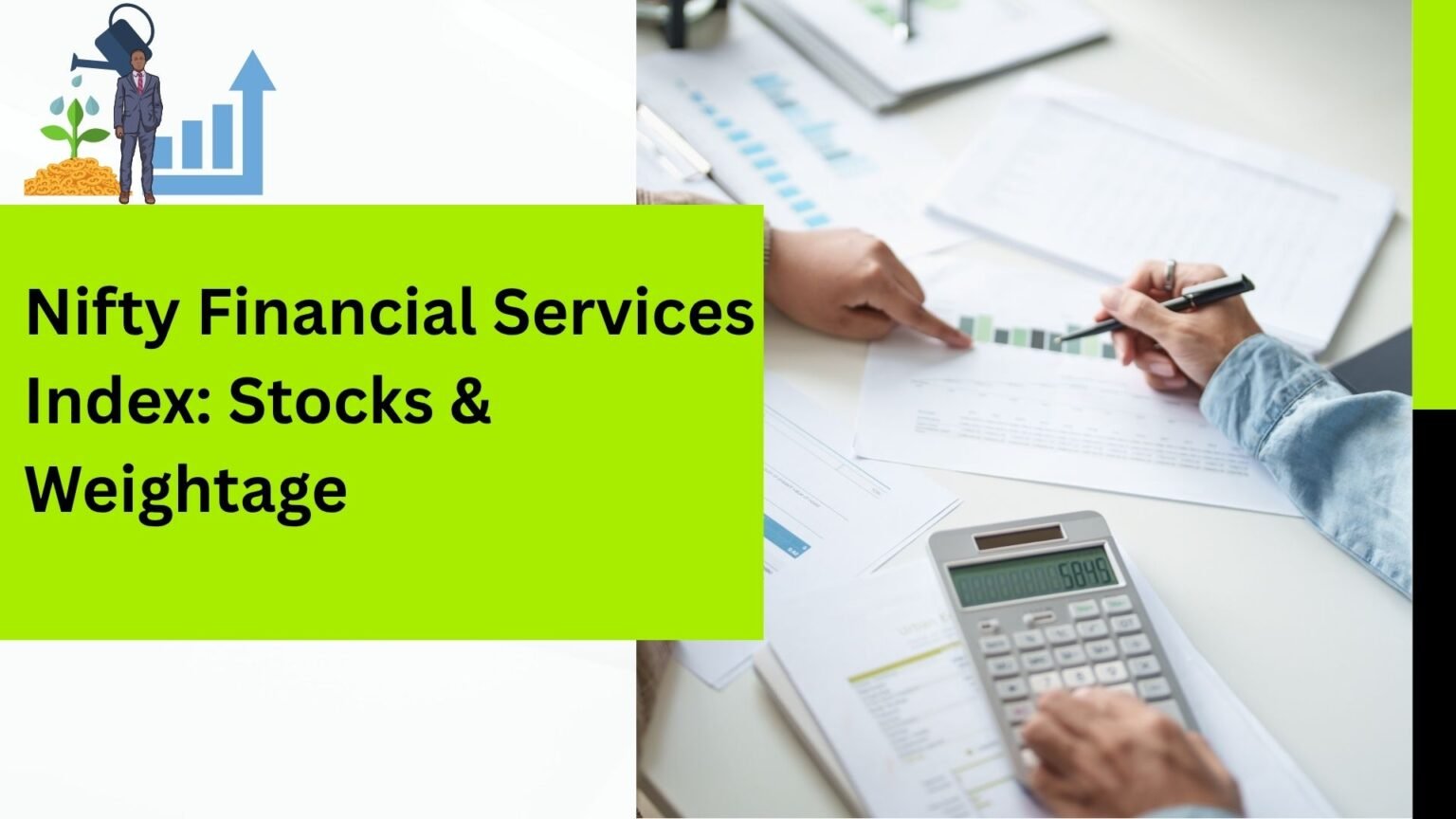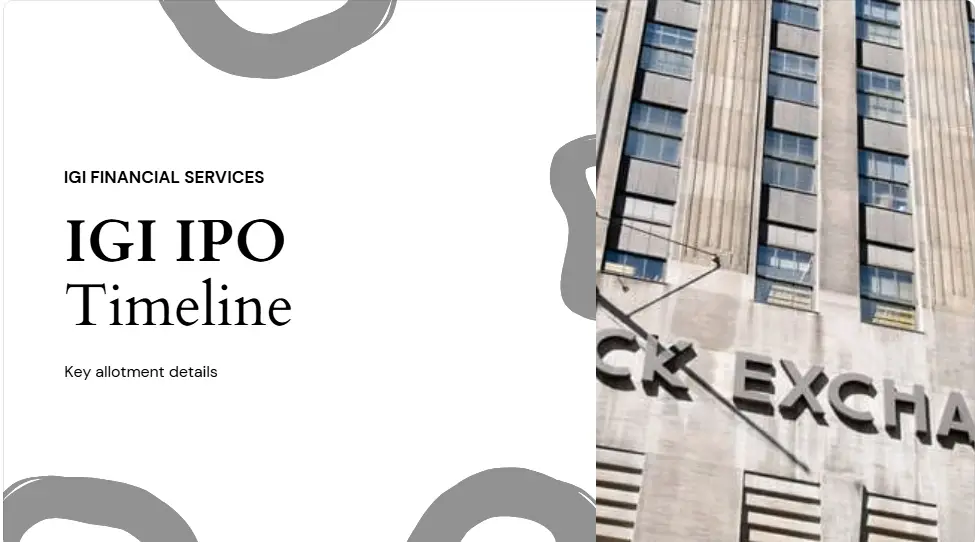Complete Nifty Financial Services Index Composition (2025)
Total Index Market Cap: ₹55,00,000+ Crores (Approx.)
| Rank | Company | Weightage | Sector | Market Cap |
|---|---|---|---|---|
| 1 | HDFC Bank | ~25.8% | Private Bank | ₹12,50,000+ Cr |
| 2 | ICICI Bank | ~16.2% | Private Bank | ₹7,80,000+ Cr |
| 3 | State Bank of India | ~9.5% | Public Bank | ₹4,60,000+ Cr |
| 4 | Kotak Mahindra Bank | ~7.8% | Private Bank | ₹3,70,000+ Cr |
| 5 | Axis Bank | ~6.9% | Private Bank | ₹3,30,000+ Cr |
| 6 | Bajaj Finance | ~6.2% | NBFC | ₹2,95,000+ Cr |
| 7 | HDFC Life Insurance | ~3.4% | Life Insurance | ₹1,62,000+ Cr |
| 8 | SBI Life Insurance | ~2.8% | Life Insurance | ₹1,34,000+ Cr |
| 9 | IndusInd Bank | ~2.6% | Private Bank | ₹1,24,000+ Cr |
| 10 | ICICI Prudential Life | ~2.4% | Life Insurance | ₹1,15,000+ Cr |
| 11 | Bajaj Finserv | ~2.2% | Financial Services | ₹1,05,000+ Cr |
| 12 | Federal Bank | ~1.9% | Private Bank | ₹90,000+ Cr |
| 13 | SBI Cards & Payment | ~1.7% | Financial Services | ₹81,000+ Cr |
| 14 | IDFC First Bank | ~1.5% | Private Bank | ₹72,000+ Cr |
| 15 | Cholamandalam Investment | ~1.4% | NBFC | ₹67,000+ Cr |
| 16 | Muthoot Finance | ~1.3% | NBFC | ₹62,000+ Cr |
| 17 | PNB Housing Finance | ~1.2% | Housing Finance | ₹57,000+ Cr |
| 18 | Bandhan Bank | ~1.1% | Private Bank | ₹52,000+ Cr |
| 19 | L&T Finance Holdings | ~1.0% | NBFC | ₹48,000+ Cr |
| 20 | IIFL Finance | ~0.9% | NBFC | ₹43,000+ Cr |
The Different Sectors & Their Composition
Which sectors the economy includes.
Private Banks (~65%)
The biggest group is private banks which account for nearly two-thirds of the market (~65%).
Inclusion of Axis Bank made HDFC Bank, ICICI Bank, Kotak Mahindra and Axis Bank become the Big 4 banks.
IndusInd Bank, Federal Bank, IDFC First Bank, Bandhan Bank are considered Mid-Tier banks.
Two strong points are in using technology, providing excellent customer service and having quality assets.
Public Sector Banks (~10%)
Public Sector Banks make up approximately 10% of the index.
Leader: State Bank of India (the biggest bank in India).
A strength is government support and the presence of banks in rural areas.
Challenges include legacy systems and slower adoption of digital processes.
NBFCs and Financial Services (~15%)
- Consumer Finance: Leader in lifestyle financing is Bajaj Finance.
- Gold Loans: Muthoot Finance specializes in loans requiring gold as collateral.
- Investment in this area: PNB Housing Finance, L&T Finance.
- Holding both (diversified): Bajaj Finserv and Cholamandalam Investment.
Insurance Companies (~10%)
HDFC Life, SBI Life, ICICI Prudential Life are three examples of Life Insurance companies in the index.
Growth in this sector is driven by an increase in insurance penetration in India.
Opportunities lie in rural market expansion and the introduction of unit-linked plans.
Ways to Approach Making Strategic Investments
A way to align your portfolio with your goals.
Strategy 1: The "Support Seeker" (Very Conservative)
Doing nothing until a lot of support is behind you.
The recommendation is to allocate 80% in the top five banks.
Stable Banking Allocation (35% Core Stability):
- ICICI Bank: 25% (Main contributor)
- SBI: 10% (Supported by the government)
Additional Big Banks (to reach 80% in top 5 with HDFC implied as a large holding):
- Kotak Mahindra: 5% (Services for premium banking)
- Axis Bank: 5% (Built itself up from losses)
- (Implicitly HDFC Bank makes up the remaining to total 80% of this portion)
Strategy 2: The "Diversified Financial" (Balanced)
Challenge: Managing resources in many sectors.
Sector Allocation:
- Banking: 60% (combination of private + public entities)
- NBFCs: 25% (Bajaj Finance, Muthoot and Chola)
- Insurance: 15% (HDFC Life, SBI Life)
Option 3: The "High Growth Play" (Aggressive)
Allocation: Pay attention to firms that are emerging as strong.
Sector Allocation:
- Digital Banks: 40% (Federal Bank, IDFC First)
- Modern NBFCs: 35% (SBI Cards, L&T Finance)
- Insurance Growth: 25% (ICICI Prudential and HDFC Life)
An important factor is choosing the right time to invest in the financial sector.
Also Read: Nifty Healthcare Index Stocks List & Weightage 2025
Deciding When to Put Money into the Financial Sector
Find Entry Points
- After the Budget (March-April): Details about policies become clearer.
- At Policy Meetings: Markets anticipate RBI interest rate cuts, opening opportunities.
- Pre-Results: Buy shares 2-3 days before a strong company reports quarterly results to gauge impact.
- Credit Growth: When people and businesses are taking out more loans.
Seasonal Patterns
- Fourth Quarter (Jan-Mar): Peak loan disbursal, leading to best bank results.
- Festive Season: Increased borrowing and card usage.
- Government Policies: Announcements can affect industry and businesses.
- Election Uncertainty: Can create investment opportunities.
Macro risk factors
How Affected by Interest Rate Changes
When rates go up, banks experience squashed margins.
A rate cut provides benefits by allowing lower reserves and boosting demand.
Currently, RBI is sticking to an accommodative policy.
Regulatory Environment
- RBI Standards: Enough capital and standards for digital banking.
- Reforms: Introduced for public sector banks; merger practices are in operation.
- Basel III: Focused on stricter capital requirements and improved risk management.
Dependency on the economic cycle
GDP Growth directly increases the demand for credit.
Impact on Inflation: Changes in interest rates, customer behavior.
Risks: High numbers of borrowers changing jobs, loan growth issues.
Looking Ahead & What’s Possible
🚀 Digital Revolution Changes Everything
Respected Names in the Fintech Leadership Field:
- HDFC Bank: Payzapp, digital loans, AI banking apps.
- ICICI Bank: iMobile Pay, video banking, blockchain testing.
- Kotak Mahindra: 811 digital bank, API banking.
- Axis Bank: Fintech partnerships, digital transformation strategy.
How people or organizations accept and start using emerging technology:
- AI: Credit scoring, fraud detection.
- Blockchain: Cross-border payments, trade finance.
- Open Banking: Banks collaborating with fintech via APIs.
- Digital Currencies: Trials of Central Bank Digital Currencies (CBDCs), proposed crypto market rules.
📈 Possibilities for Extending a Market
Helping the unbanked in rural settings:
There are about 600 million people in the world who are under-banked.
Key Players:
- SBI: Largest rural branch network (over 22,000).
- Bandhan Bank: Advanced in microfinance services.
- Federal Bank: Concentrates on local areas, understanding their needs.
Surge in SME Lending:
India could benefit from a market worth ₹69 lakh crore due to the large credit deficit.
- Online Transactions: Speedy loan access, simple online applications.
- Government Support: MSME Support Schemes, Credit Guarantee Funds.
More People Insured:
Currently, public health spending in India makes up 4.2% of GDP (global average is 9%). (Note: The text mentions Canada, but contextually India seems intended for insurance penetration).
Growth Catalysts:
- Insurance Regulatory and Development Authority (IRDAI) new guidelines.
- Digital distribution: Purchasing insurance online.
- Product innovation: Micro-insurance, parametric policies.
Also Read: NIFTY Midcap 100 Stock List – With Price & Weightage
How to Invest Smart
💰 If You Are New to Investing
Make the First Steps in the Financial Sector:
Learning Path:
- Review quarterly results: Look at non-interest income, net interest margin (NIM), return on assets (ROA), return on equity (ROE).
- Read MD&A (Management Discussion & Analysis) sections of Annual Reports of well-known banks.
- Study RBI Reports: Financial Stability Reports, monetary policies.
- Future forecasts usually consider credit growth, interest rates on deposits, and the proportion of non-performing assets (NPAs).
If you are an Advanced investor
Sophisticated Strategies:
- Pairs Trading: E.g., Leverage on HDFC Bank and short Axis Bank when values diverge.
- Options Strategy: Using covered calls on dividend-paying banks.
- Sector Rotation: Switching from banking to NBFCs based on rate changes.
- Event-Driven Investing: Investing in potential banking industry mergers.
Portfolio Optimization:
What to Look Out For & What Looks Promising
🚫 Things to Avoid (Warnings)
Company-Level Warnings:
- NPAs above industry average for over two quarters.
- Consistent net losses or earnings hit by excess expenses.
- Central bank restrictions or governance problems.
- Frequent Management Changes: Many CEOs or CFOs leaving quickly.
Sector-Level Concerns:
- Significant slowdown in credit growth for a long period.
- Inflation Fights: Banks taking drastic actions.
- Economic Recession: GDP growth less than 5%.
- Increased Regulations: Stricter capital rules or loan limits.
✅ Positive signs in the economy are good for investors.
Positive Catalysts:
- Sustained credit growth above 15%.
- RBI lowering interest rates.
- Heavy spending on technology and fintech partnerships.
- Rising demand for agricultural loans in villages.
Company-Specific Positives:
- Company maintains ROE above 15% year-over-year for 3+ years.
- Decreasing NPA ratios, reflecting strong asset quality.
- Increased mobile banking usage.
- Gaining market share: Outperforming industry growth rate.
Also Read: Nifty Smallcap 100 Stocks List with Weightage (2025)
Final Investment Framework
The Project Team also meets with Financial Team members to determine the Final Investment Framework.
Indian investors who understand digital opportunities in the financial sector have the chance to ride its fast-growing financial system.
This analysis is not meant to be a legal statement or advice, but is only for learning. Financial sector investments face the possibility of risks from changes in the market, regulations and the economy. A company’s history does not promise the same outcomes in the future. Do your research well and talk to financial advisors before making any investment.
More research: Nifty Financial Services Index Factsheet







